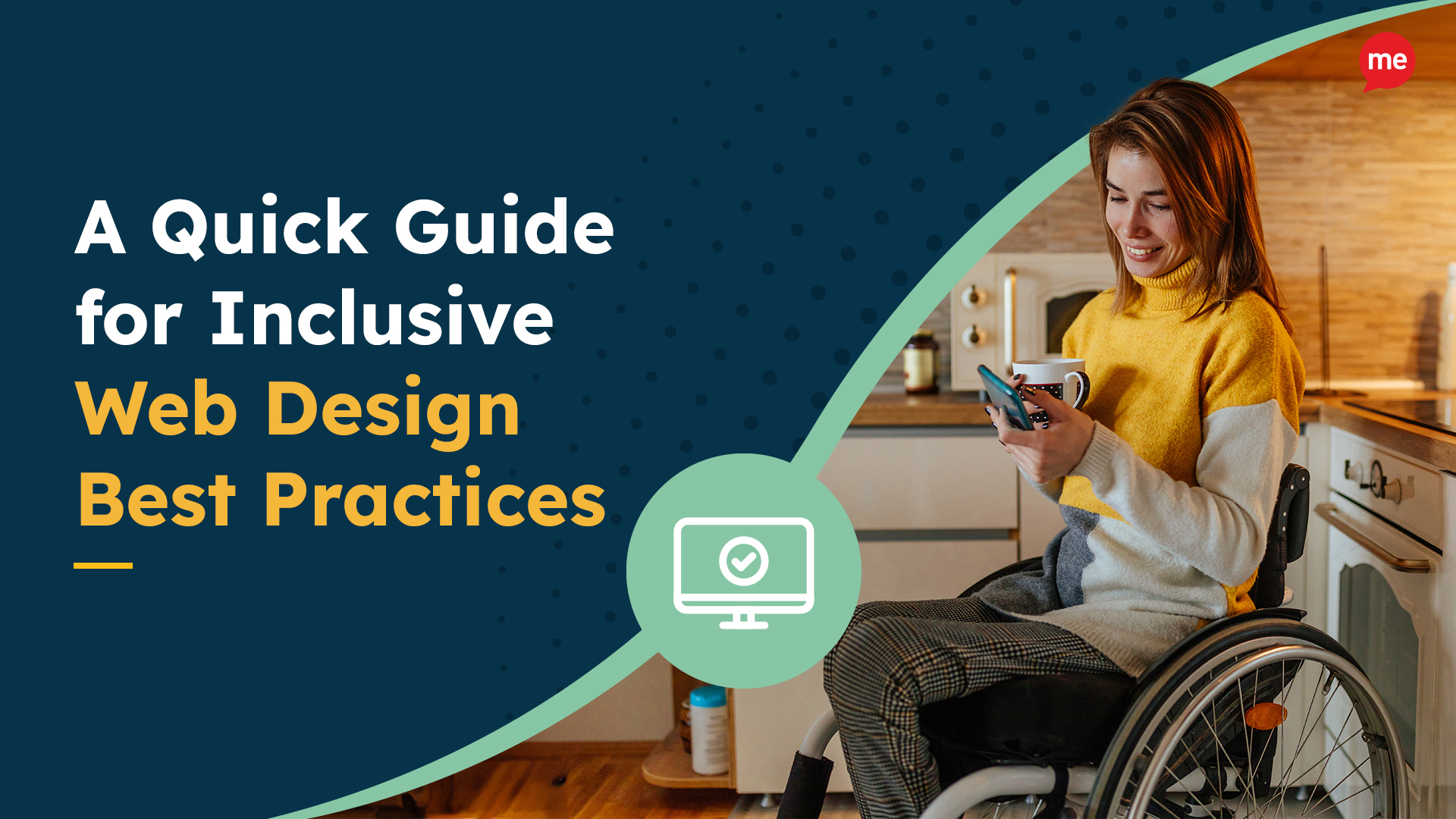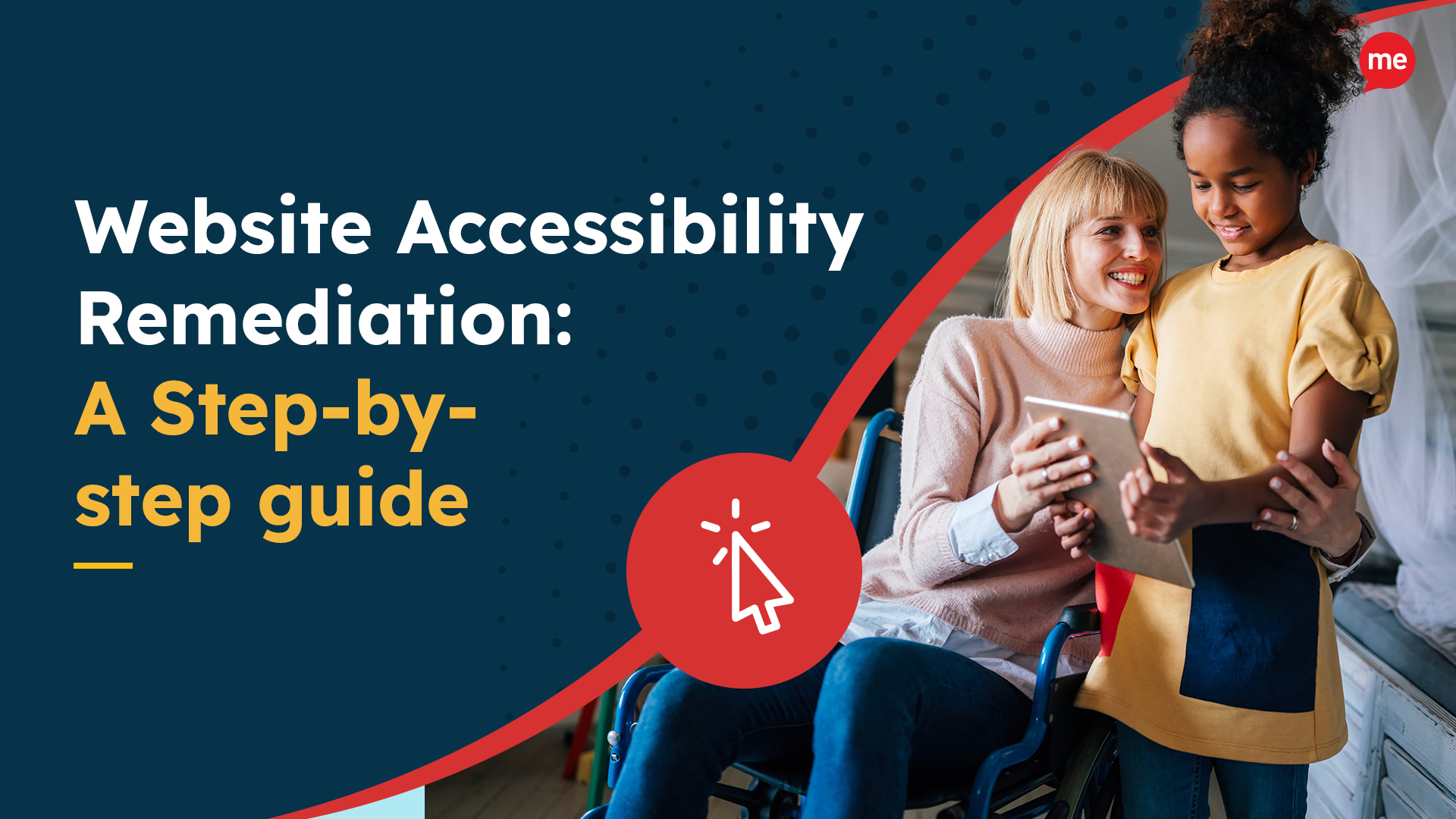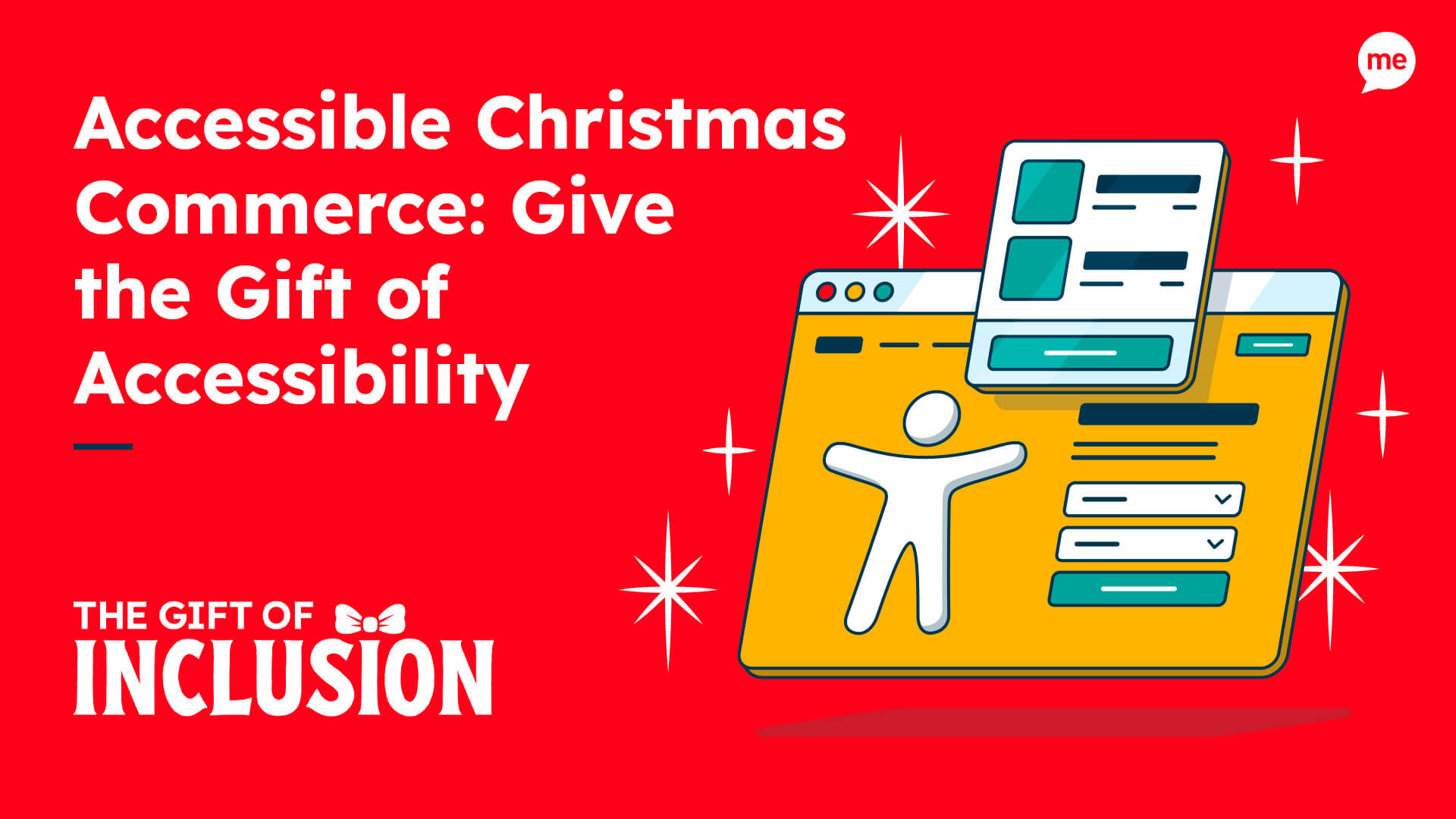Federal Laws and Enforcing Agencies
The authority to require public sector organizations to provide accessible websites is derived from three key pieces of legislation, including:
- Title II of the Americans with Disabilities Act (ADA) “prohibits discrimination against qualified individuals with disabilities by public entities, including public education systems and institutions, regardless of whether they receive Federal financial assistance from the Department.”
- Section 504 of the Rehabilitation Act of 1973 (Section 504) “prohibits discrimination on the basis of disability in any program or activity receiving Federal financial assistance.”
- Section 508 of the Amended Rehabilitation Act of 1998 (Section 508) applies primarily to federal agencies (but other public entities have adopted the requirements into their own laws) ensuring they “give disabled employees and members of the public access to information comparable to the access available to others.”
All 15 U.S. federal executive departments have the authority to investigate and pursue penalties for accessibility violations. However, the Departments of Justice (DOJ) and Education (ED) are the two most active. Investigations, finding determinations, and oversight of remediation efforts are conducted by the various departments’ Offices of Civil Rights (OCR).
Accessibility Guidelines
Currently, the DOJ does not have a written standard to determine compliance but uses the Web Content Accessibility Guidelines (WCAG) as guidelines to determine the accessibility of websites. In July of 2023, the DOJ proposed a rule under Title II of the ADA to formally establish and “require that public entities comply with the WCAG 2.1 Level AA success criteria and conformance requirements.”
Both departments have stepped up investigations and pursuit of accessibility violations over the last several years. On May 19, 2023, the Departments of Justice and Education issued a joint Dear Colleague Letter reaffirming that educational institutions – from K-12 to postsecondary – must “ensure that their online services, programs, and activities are accessible to people with disabilities.”
Typical website accessibility violations that may lead to an investigation and violation finding include:
- Links were not meaningfully labeled or titled, posing a barrier to people with vision disabilities who use screen readers.
- Users with disabilities who use computer keyboards for navigation due to a disability did not have access to all contents and functions.
- Form fields were missing programmatic labels or titles, posing a barrier to people with vision disabilities who use screen readers.
- Important graphics, images, or links were missing meaningful alternative text, posing a barrier to people with vision disabilities who use screen readers.
- Documents provided in portable document format (pdf) were inaccessible to people with vision disabilities who use screen readers.
- The foreground and background colors of important content lacked sufficient contrast, posing a barrier to people with low vision.
- Auto-play content could not be paused, posing a barrier for individuals who are unable to use a computer mouse.
In addition to the reputational stain of receiving a civil rights violation finding, public sector organizations face financial impacts, including:
- Federal fines
- Attorney fees
- Potential loss of federal funding
The Investigative Process
- The departments have a standardized process to evaluate, investigate, and resolve violations. The process is initiated by the filing of a complaint by a private citizen or group with a federal department.
- The department evaluates the complaint to determine whether it’s within their jurisdiction and whether it merits more investigation.
- If the department determines it will open an investigation into the complaint, it will notify the organization and begin collecting and analyzing relevant evidence.
- Upon completion of the investigation, the department will make a determination whether the organization is in violation or not. A Letter of Finding will be sent to the organization outlining the results.
Resolution of a Complaint
An organization can choose to negotiate and enter into a voluntary resolution agreement to remedy the potential violations prior to the completion of the investigation – and thus avoid the public stigma of a civil rights violation ruling. If an organization is determined to be in violation of the ADA or Section 504 or 508, it can still negotiate a voluntary resolution agreement after the fact.
A voluntary resolution agreement will include steps to remediate the identified violations and maintain compliance with an established timeline. The OCR will monitor the activities until the organization is determined to be in compliance. Entering into a resolution agreement “does not constitute an admission of liability, non-compliance, or wrongdoing by the” targeted organization.
An organization can appeal the determination but that is to the OCR that made the determination.
If the organization does not agree to correct the violations or to the terms of a resolution agreement, the “OCR may withdraw federal funds, initiate administrative enforcement proceedings or refer the case to the Department of Justice for judicial proceedings to enforce compliance.”
The OCR also offers mediation between the complainant, the targeted organization, and the OCR in an effort for the parties to voluntarily resolve the issue prior to or during an investigation.
The person or group that filed the complaint may have the option to file a civil suit in a federal court regardless of the OCR ruling, but typically only after administrative remedies have been exhausted.
Typical Remediation Plan
The resolution agreements include a fairly standard series of remediation activities for an organization to achieve and maintain compliance along with reporting provisions within defined timeframes and an appendix with specific testing requirements to address accessibility protocols and questions.
These standard remediation steps include:
- Adopt an Accessibility Standard and submit it to OCR for review and approval within 30 days of signing the agreement.
- Provide accessibility notice on the website providing a method for visitors to report access barriers to the organization and report to OCR for review and approval within 30 days of signing the agreement.
- Conduct a complete audit to identify accessibility barriers and report to OCR for review and approval within 120 days of signing the agreement.
- Remediate barriers and report to OCR for review and approval within six months of signing the agreement.
- OCR testing and assessment of the organization’s testing protocols and remediation steps, which will continue until the OCR determines the website, services, and/or applications are in compliance.
- Develop a plan to maintain accessibility and submit it to OCR for review and approval within one year of signing the agreement.
Stay ahead of the game when it comes to Digital Accessibility laws and compliance in the United States. Learn about all the different federal and state-level regulations, see real examples of web accessibility lawsuits in different regions and discover a 7-step action plan for building accessible websites.

How Recite Me Helps
Recite Me has extensive experience helping public sector organizations navigate the complexities of web accessibility. Our tools assist organizations to create, monitor, and manage compliant and inclusive websites in the beginning to avoid an investigation or to help guide and maintain remediation efforts.
The Recite Me Website Accessibility Checker audits back-end and front-end web development processes by running 396 separate compliance scans in line with WCAG 2.1 and identifies the issues that need to be fixed. Key capabilities include:
- A website scan and audit covering WCAG 2.1 success criteria.
- Identifying and prioritizing needed improvements.
- Tracking accessibility gains and improvements over time and with a manageable fix queue.
- Accessibility reporting and scoring, showcasing the progress to accessibility compliance.


The Recite Me Toolbar promotes inclusivity by allowing visitors with sight loss, cognitive impairments, learning difficulties, physical disabilities, and varying linguistic needs to tailor websites to their requirements and preferences to better access services.
For government agencies and public sector organizations, keeping up with website accessibility laws and best practices can pose significant challenges. Recite Me is there to support the public sector to create accessible and inclusive digital experiences to avoid civil rights violations and to help you better assist and serve your constituents.
Learn More
Recite Me software can be installed on any HTML-based website creation platform, including WordPress, Wix, Squarespace, Shopify, and many more. Implementing the toolbar typically takes less than an hour, and you can start tracking your stats and making improvements immediately.
Contact our team today to learn more and join the thousands of websites already using Recite Me technology to avoid legal risk by providing more equitable online experiences.








